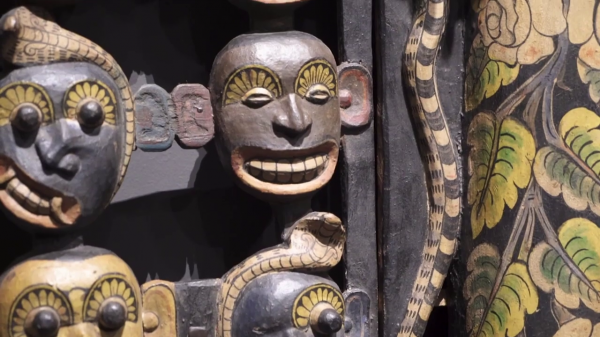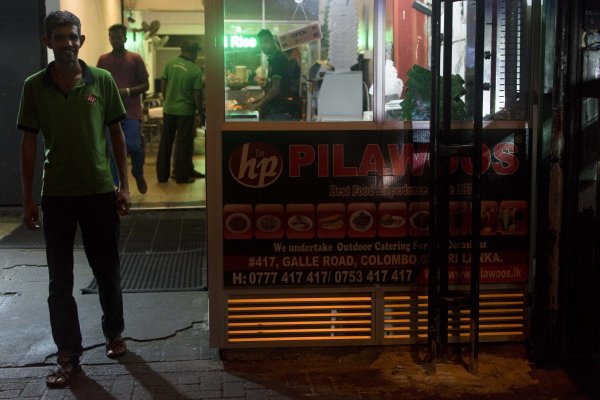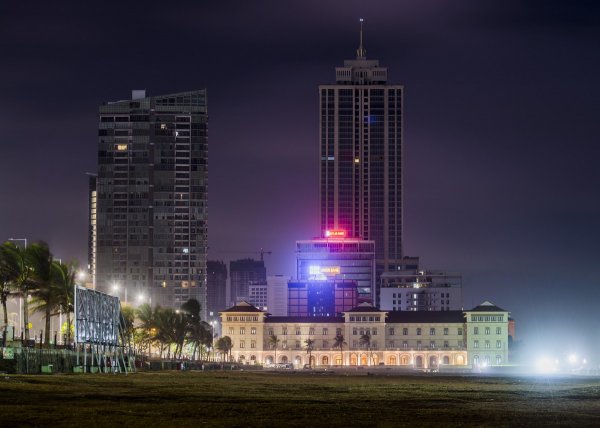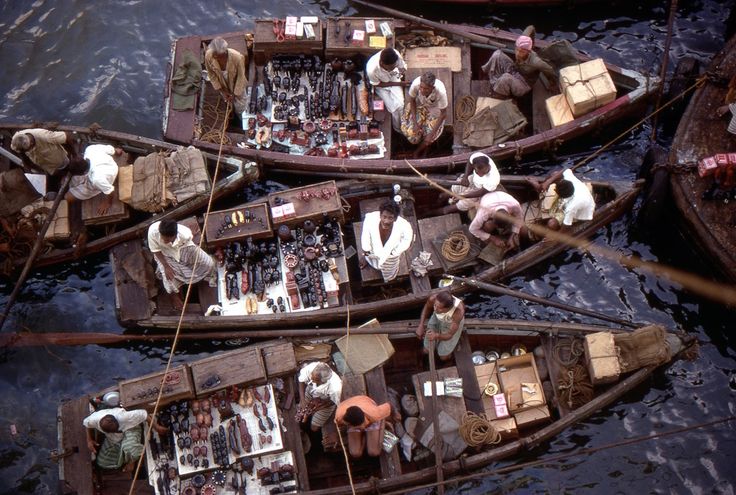
Walking along the cobbled streets of the Galle Fort, one will come across several stores that display an array of gems and jewellery. Colombo already has it’s fair share of recognised gem and jewellery stores, so the Fort may not even cross our minds when it comes to jewellery shopping.
Since the restoration of the Galle Fort and its growing popularity as a tourist spot over the past few years, the jewellers within the Fort have, however, carved out a niche for themselves, catering mainly to tourists, while focusing on simple designs.
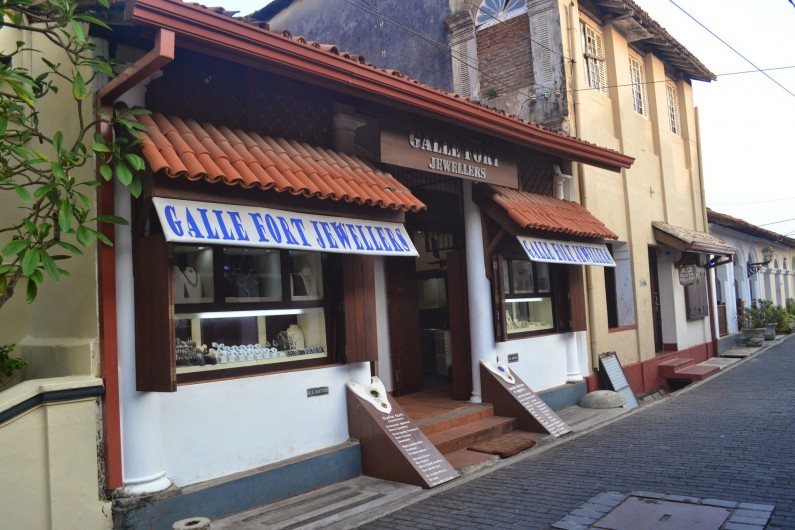
Most of the gem and jewellery shops in Galle mainly cater to tourists, but that doesn’t mean that they don’t appeal to locals too. Image courtesy Galle Fort Jewellers
Even though Galle does not boast it’s own style of jewellery—like the popular Kandyan traditional jewellery—historically, it has been renowned for its trade in goldsmithing and the making of gold jewellery. So many of the proprietors of jewellery shops inside the Galle Fort and the surrounding areas have the benefit of working with traditional goldsmiths and jewellers.
The trade of jewellery craftsmanship within the Galle Fort has therefore successfully brought together three different components and processes; the traditional jewellery making of the Galle district, gems from Ratnapura, and contemporary designs from the west. With authentic Sri Lankan gems and metals, these jewellers fashion their ornaments with modern designs that are popular in western countries, and thereby make the best out of the tourist influx that the Galle Fort has seen these past few years.
Speaking to Roar, Safa Ibrahim—proprietor of Ibrahim Jewellers—noted that this unique fusion of tradition and modernity among jewellery is fast becoming popular among the local population who live in Colombo as well.
Gems and Jewellery: the family trade
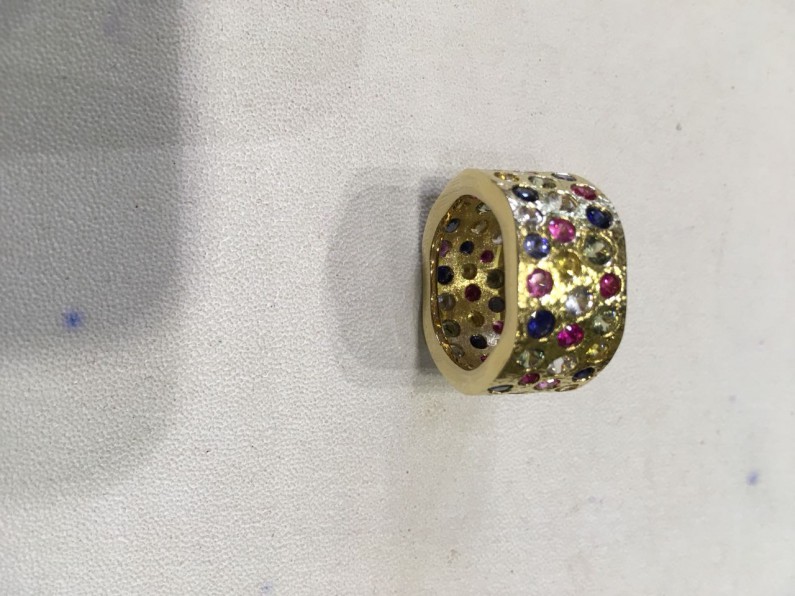
Many of the jewellers in the Galle Fort, like Safa create jewellery based on trends and designs that are popular in the western countries. Image courtesy Ibrahim jewellers.
A small but quaint store, Ibrahim Jewellers is one of the oldest gem and jewellery businesses in the country, having been in business since 1909, when Safa’s grandfather first opened a store in Colombo.
Following a sudden and unfortunate accident, Safa’s father had to relocate the store from Colombo to their family home, located on Church Street inside the Fort— and since 1978 this is where the store has been standing.
Safa inherited the store from his father, and manages the store himself while his son assists. Safa hopes that once he retires, his son will take ownership of the store.
“I am the third-generation proprietor of this store, and my son will be the fourth-generation proprietor if he takes over after me; that is a very rare occasion in family-owned businesses,” he noted.
The shop’s display cases are filled with jewellery—individual pieces like rings, bracelets, cufflinks and the like, and also full sets of jewellery, many which were studded with a variety of gems, from precious stones like sapphires to semi-precious stones like moonstones. But the most unique feature of the establishment is an old-fashioned safe fixed into the wall of the shop—it is a family heirloom that was brought down from Colombo, and now houses some of the more valuable pieces of Safa’s collection.
Inside the workshop
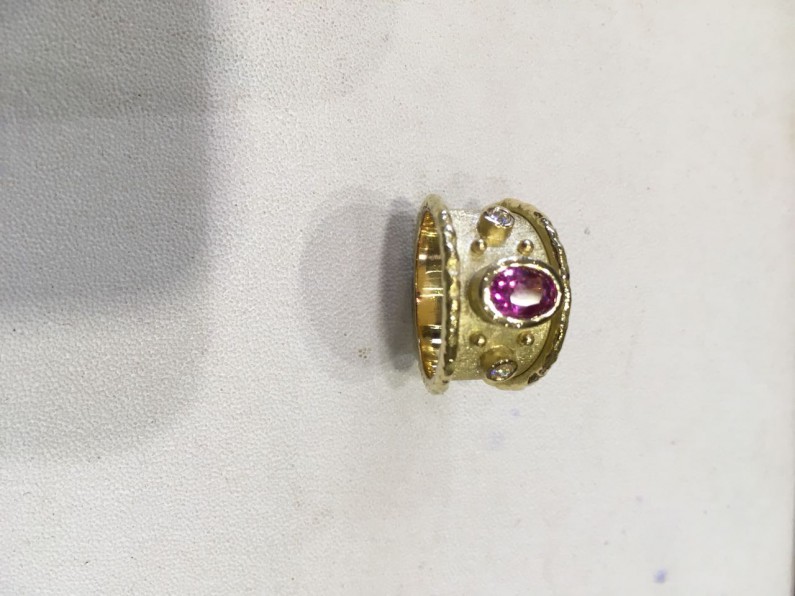
Safa has taught traditional jewellery craftsmen from the Galle area, to create pieces of jewellery with modern designs. Image courtesy Ibrahim Jewellers
After speaking with Safa, he invited us to visit his workshop, which lies a few blocks away from the shop. The small workshop is secured from the outside with fingerprint technology to safeguard their valuables.
When we entered, Safa’s chief craftsman Nimal—who has worked under Safa for 35 years—was busy working on a silver ring. It was a simple piece, waiting to be polished and adorned with stones. As Nimal spoke with us, he mentioned that the craft of jewellery making is his family’s trade and he has been familiar with the craft since he was very young.
“I tend to use the traditional methods of making jewellery when we need to make individual pieces of jewellery. But if we get multiple orders for pieces of jewellery that are similar—like rings or bracelets with a similar design, then it is much more convenient to use contemporary methods as they are less time consuming,” he said.
Because of this, the workshop where Nimal and his fellow workers produce jewellery is a fusion of tradition and modernity—from the use of charcoal and basic tools to melt and shape metal and set the stones, to modern, cutting-edge equipment.
According to Safa’s assistant Bisthami, the time taken to produce these pieces of jewellery depends on the techniques and equipment used. Some pieces require about two or three hours for the whole process of production, some about ten hours, and certain pieces require an entire day.
After having a look at some of the bracelets and other rings that were waiting to be polished and set with stones, Bisthami showed us the outdoor forge that the craftsman used to melt their metal. Ash and smoldering charcoal filled the rough hewn space—a sign that the forge had just been used.
He also showed us two different sets of moulds—a round one with a circle cut into it, to make rings, and another rectangular one that was used to make thin strips of metal that were then cut and folded to make bracelets and necklaces.
“Most of our customers prefer to have hand-made jewellery as it has a better finish, which is why we still use these techniques and equipment instead of mass producing our items of jewellery by using machines,” he said.
Seeing Nimal and his co-workers carefully fashion jewellery by hand was a rare sight for us—it was also fascinating for us to see local craftsmen creating pieces based on styles that are popular in the west.
To each their own
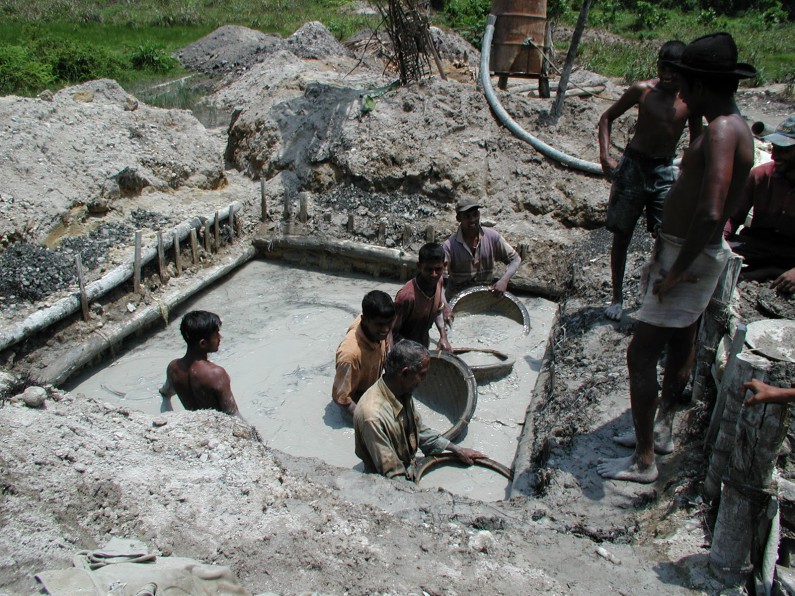
Many of the jewellers in the Galle Fort, including Safri, get their gems from Ratnapura. Image courtesy refreshingsrilanka.blogspot.com
Even though Galle is better known for its gold jewellery, it is other metals like silver, rose gold, and white gold which are more popular in this workshop. As Safa noted, the younger generation—both local and foreign—tend to favour these metals over gold. The main reason these metals are the most used in his workshop is because many of his customers are from the younger generation.
Safri Mohammed, who runs Cara Jewellers—another family-owned jewellery shop in the Galle Fort—too, admits that these metals are more popular with the younger generation, while the older generation of locals and tourists alike prefer gold jewellery.
His store, located on Church Street, offers customers the choice of custom-made and ready-made jewellery crafted in both traditional and modern designs. Since his customers are mostly middle-aged or elderly, his store has a higher demand for pieces made out of gold.
While Galle is not known for a distinct style of jewellery making, Safri noted that each jeweller within the Galle Fort offers a few of their own unique designs—some of which are traditional, while others are more modern, influenced by Western styles and trends.
Island of gems
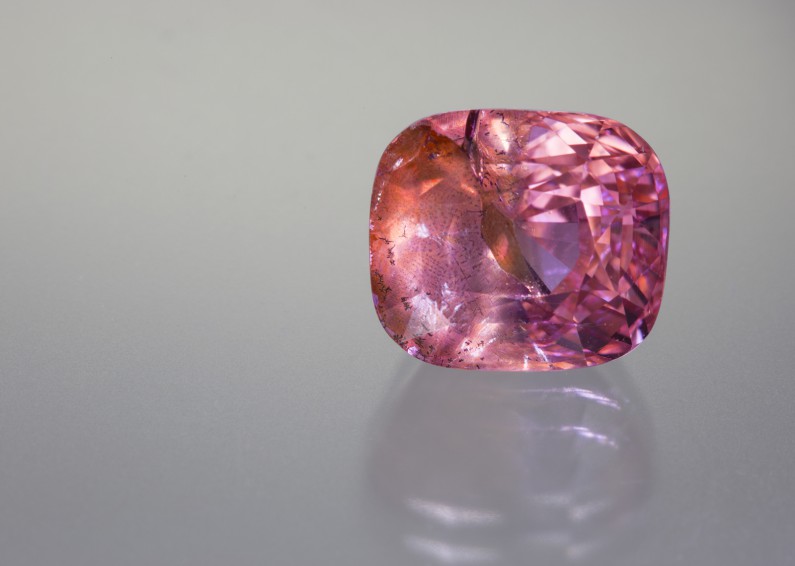
This orange-pink padparadscha is a sapphire which can only be found in Sri Lanka. Image courtesy lotusgemology.com
Both jewellers acquire their gems from Ratnapura, famous for gem mining not only in Sri Lanka but even abroad. The price of each piece or set of jewellery depends on the specific type of metal and gems used, as well as the quality and size of the gems and the number of gems that are used in each piece.
According to Safa, his customers tend to favour sapphires over the other precious stones, mainly because Sri Lankan sapphires are famous the world over for their lustre and quality.
“Depending on the size and clarity of a stone, the cost of a Sri Lankan sapphire that weighs one carat could be anything between Rs. 20,000 and Rs. 40,000,” he said.
Another feature of Sri Lankan sapphires which makes them so popular—especially among tourists—is their variety of colours. They can be found in many different colours such as blue, yellow, pink, white and a unique shade of orangish-pink as well.
“This orange-pink sapphire is so unique to Sri Lanka that it is known across the world by its Sinhalese name which is padparadscha, which means lotus flower,” said Safa.

Blue moonstones, like the padparadscha, are unique to Sri Lanka. Image courtesy etsy.com
Aside from the sapphires, blue moonstones are also popular among his customers because of their rarity.
“Even though white moonstones can be found in several countries around the world, like the padparadscha, the blue moonstone is unique to Sri Lanka and can only be found in the mines of Meetiyagoda and Balangoda,” revealed Safa.
It is evident that for jewellers in Galle, not having a particular tradition of jewellery has not been a hindrance. They have, instead, made the best of what the Southern town has to offer in terms of craftsmen and goldsmiths, creating their own unique niche in the country’s jewellery industry.
While the jewellery available at the Galle Fort might not be what traditional jewellery enthusiasts are after, those who favour a slightly less extravagant look just may find what they’re looking for.
Featured image courtesy pedlarsinn.com


